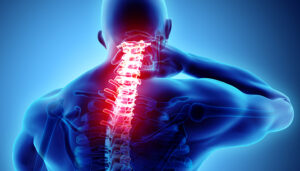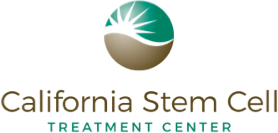
Back and Spine Pain? Contact Us Today To Learn About Treatment Options.
According to https://medlineplus.gov/backpain.html …
Back pain is one of the most common medical problems, affecting 8 out of 10 people at some point during their lives.
The pain can be temporary or chronic and ranges from mildly irritating to severe and dibilitating.
The largest problem for most chronic back and spine pain sufferers is the way we address the underlying conditions.
Unfortunately, as a Country, we have adopted a manage the pain by masking the symptoms approach, which only makes the condition and the pain worse over time.
What causes back and spine pain?
Back pain can be caused by various factors.
The lower back (lumbar spine) is particularly susceptible to stress due to its role in supporting the upper body weight and allowing the spine to twist and bend.
Everyday activities can lead to back pain when ligaments or muscles are strained.
Additionally, sports injuries, falls, and auto accidents are common culprits.
Numerous conditions, especially as you age, can contribute to back pain, such as:
- herniated discs
- facet joint arthritis
- thickened ligaments
- bone spurs
- spinal fractures
- degenerative disc disease
- spinal stenosis
- pinched nerves
- spondylolisthesis
- post-laminectomy syndrome.
While the upper back (thoracic spine) is less prone to pain, it can still be affected by conditions like kyphosis, scoliosis, and compression fractures caused by osteoporosis.
The symptoms accompanying back pain vary based on the cause. Individuals may experience a dull ache or sharp pain that limits movement.
Nerve compression can result in sciatica, characterized by debilitating electric shock-like pain radiating down one leg.
Other symptoms may include tingling, burning sensations, numbness, weakness in the leg and foot, as well as bladder and bowel dysfunction.
To diagnose back pain, medical professionals typically review the patient’s medical history, conduct a physical examination, and order imaging tests like X-rays, MRIs, or CT scans.
Treatment for back pain often begins with conservative measures such as medications, activity modification, and physical therapy.
If these approaches do not provide relief, interventional procedures may be recommended to target the underlying cause.
Examples of such procedures traditionally include epidural steroid injections, facet joint injections, spinal cord stimulation, radiofrequency ablation, nerve blocks, kyphoplasty, vertebroplasty, and surgery.
How Does Stem Cell Therapy Work For Back and Spine Pain?
You may have read how personal cell therapy works, but you may be wondering how it will actually help back pain.
Stem cells have demonstrated their ability to alleviate back pain by promoting repair for degenerative disc diseases, Osteoarthritis of the spine and other low back conditions.
This type of treatment is known as regenerative therapy since it assists affected areas in repairing themselves through focused stem cell injections.
The stem cells used in this therapy have the potential to signal and recruit healing cells, renew themselves within the body, and act as healing agents to alleviate pain.
When injected, these stem cells adapt to the specific area and seamlessly integrate into the surrounding tissues, serving the spine’s healing needs.
While stem cell therapy has been around for some time, it continues to evolve as an innovative concept.
Hundreds of studies have been produced which show the benefit of stem cell therapy and back pain.
Furthermore, stem cell injections when done properly under fluoroscopy, have shown to not only help pain associated with lumbar conditions but halt the progression of degeneration as well as improve the tissues.
How do I find out if I am a candidate for stem cell treatment for my lower back pain?
At California Stem Cell treatment center we use a thorough system to evaluate each candidate.
We offer a complimentary consultation as well as an imaging review to determine if someone is a good candidate.
Please call or submit a contact form and we will do our best to get you back to living and enjoying your life.


